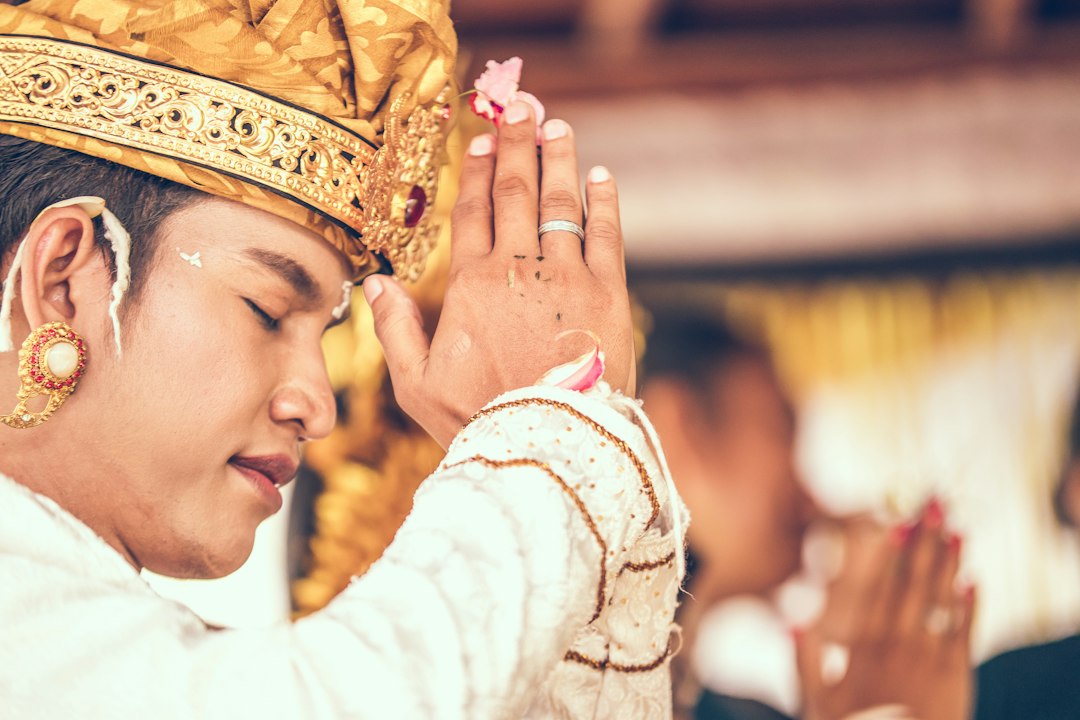Understanding Different Approaches to Worship
Worship is an integral part of religious practices across the globe. It is a way for individuals and communities to connect with their faith, express their devotion, and seek spiritual enlightenment. However, worship practices can vary greatly from one religion to another and even within different denominations of the same religion. In this blog post, we will explore some of the different approaches to worship and gain a deeper understanding of the diverse ways people connect with the divine.
One of the most recognizable and widely practiced forms of worship is the communal gathering that takes place in churches, mosques, synagogues, temples, and other places of worship. In these settings, believers come together to listen to religious teachings, recite prayers, sing hymns or chants, and engage in rituals or sacraments. This collective worship encourages a sense of belonging, shared faith, and the opportunity to learn from spiritual leaders within the community.
However, not all worship is centered on a formal gathering. Many individuals find solace and spiritual connection through personal, private worship. This can take the form of prayer, meditation, and reflection in the comfort of one’s home or natural surroundings. Private worship allows for a deeper, more personal connection with the divine and the opportunity for self-reflection and spiritual growth.
Another approach to worship is through music and dance. Many religions incorporate music as a powerful means of expressing devotion and connecting with the divine. Whether it is the melodic chant of monks, the soul-stirring gospel choir, or the rhythmic beats of traditional African dance, music plays a central role in worship across cultures. Music has the ability to evoke strong emotions, uplift the spirit, and create a sense of unity among worshippers.
In addition to music and dance, some worship practices involve physical rituals and gestures. From the bowing of the head in prayer to the prostration before an altar or sacred space, physical actions can serve as a means of showing reverence and humility. These rituals can also symbolize a surrendering of oneself to a higher power and a recognition of the divine presence within and around us.
One cannot discuss worship without mentioning the power of nature and its role in spiritual practices. Many religious traditions recognize the sacredness of the natural world and incorporate it into their worship. Whether it is through the observation of a sunrise, the lighting of a candle, or the planting of trees, the connection between the divine and nature is celebrated. Nature serves as a reminder of the beauty and wonder of the world, prompting worshippers to express gratitude and reverence for the gifts bestowed upon them.
Finally, it is important to acknowledge that worship can also take the form of service to others. Many religions emphasize the importance of compassion, justice, and social responsibility. Acts of kindness, charity, and community service can be seen as acts of worship themselves, as they embody the teachings and values of one’s faith. When individuals come together to make a positive difference in the world, they are expressing their devotion to the divine by honoring and serving those in need.
In conclusion, worship comes in many shapes and forms. Whether it is through communal gatherings, personal reflection, music and dance, physical rituals, connection with nature, or acts of service, individuals and communities find different approaches to connect with the divine. By embracing and understanding the diverse ways people worship, we cultivate an appreciation for the richness and variety of human spiritual experiences.

